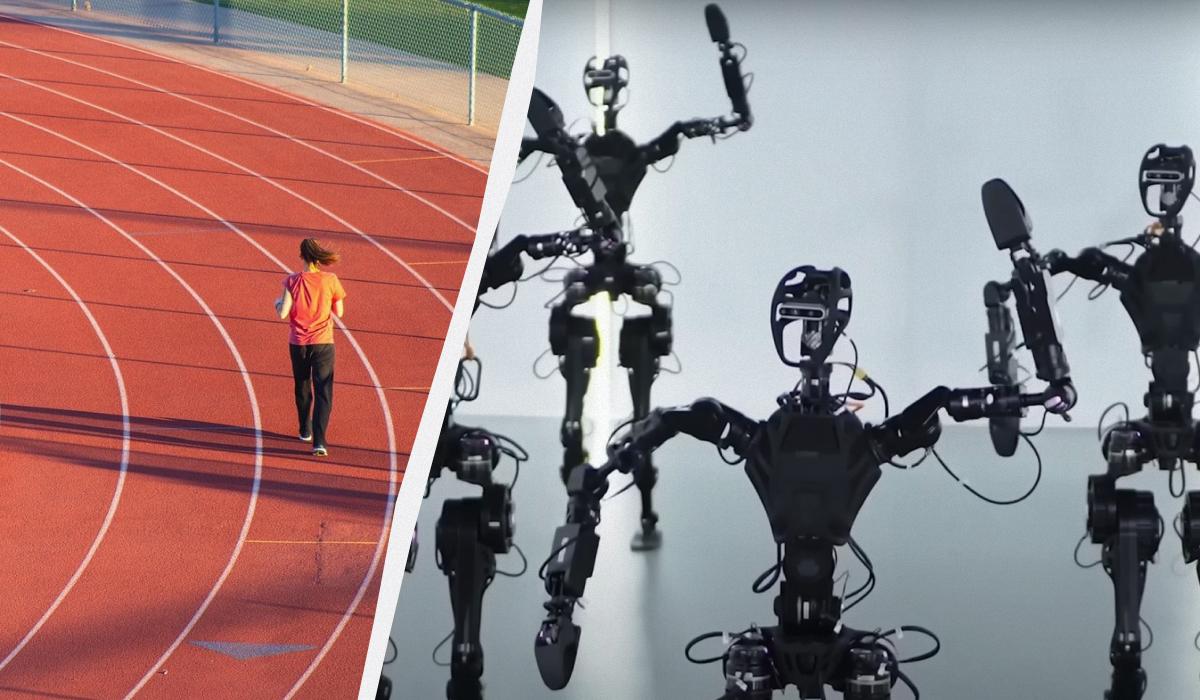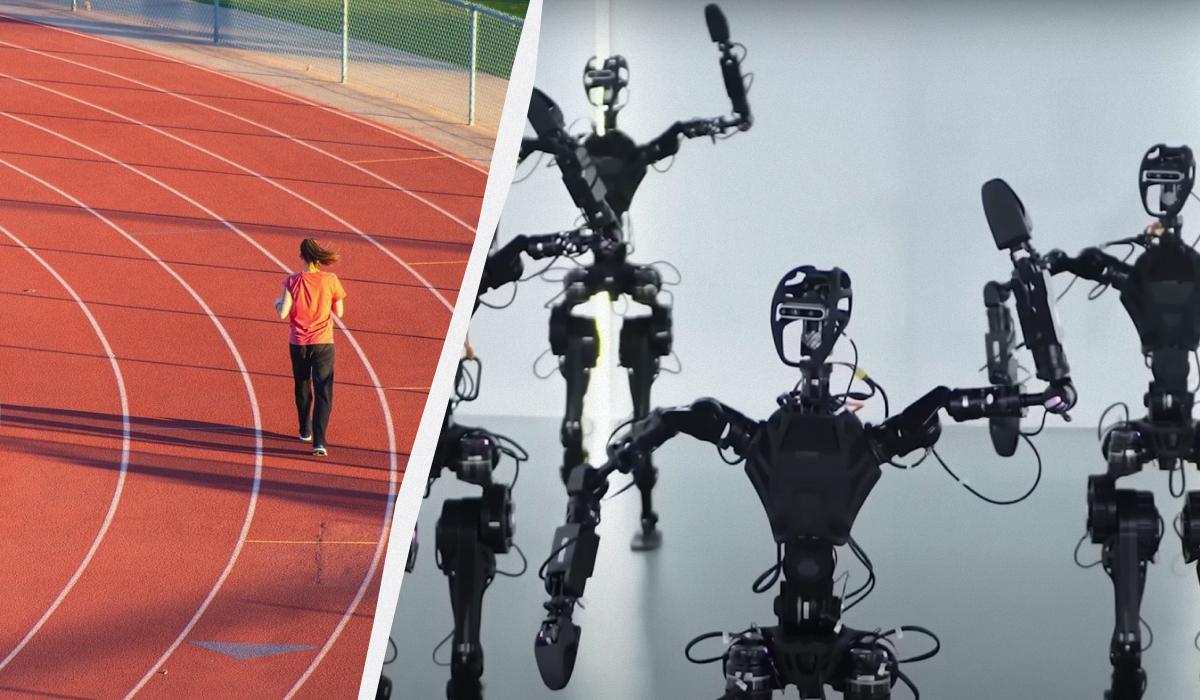“The unique race involves a distance of 21 km.”, — write: www.unian.ua
The unique race involves a distance of 21 km.
 During the race, the robots should look as human as possible / UNIAN collage, screenshot, pixabay photoIn China, it is planned to hold the first race in the world, in which people will compete with humanoid robots. According to Interesting Engineering with reference to the South China Morning Post (SCMP), the marathon is scheduled for April and will be held in Beijing – in the Daxing district.
During the race, the robots should look as human as possible / UNIAN collage, screenshot, pixabay photoIn China, it is planned to hold the first race in the world, in which people will compete with humanoid robots. According to Interesting Engineering with reference to the South China Morning Post (SCMP), the marathon is scheduled for April and will be held in Beijing – in the Daxing district.According to the publication, humanoid robots developed by companies from all over the world will participate in the race along with 12,000 human runners.
“These unprecedented competitions reflect China’s ambitious ambition to become a world leader in the field of artificial intelligence and robotics,” Interesting Engineering writes.
According to available information, the unique race involves a distance of 21 km. Prizes will be awarded to the three best participants.
“According to the conditions presented by the Beijing Economic and Technological Development District, companies, research institutes, robotics clubs and universities from all over the world will participate in the marathon with their robots,” the publication said.
The key requirement for developers is that robots should look as human-like as possible. They must also be equipped with a mechanical structure that allows them to walk or run on two legs, except for the use of wheels. The height of humanoids should be between 0.5 and 2 meters. Both remotely controlled and fully autonomous cars are allowed to participate, and battery changes are allowed during the race.
Using robots in marathonsLast year, the four-legged RAIBO2 robot developed by KAIST completed a full marathon in South Korea. It covered a distance of 42.2 km in just over 4 hours on a single charge. This success made RAIBO the world’s first four-legged robot to successfully complete a full marathon.
It also describes the humanoid “Tiangong”, which in 2024 took part in the half-marathon in Yizhuang (Beijing). He briefly joined the runners and acted as a “locking pacemaker” to motivate the athletes.
“China views humanoid robots as a strategically important industry for economic growth and technological independence. This strategy is aimed at competing with the United States, which has introduced restrictions on China’s access to advanced technologies,” the authors of the article note.
In addition, the robots will help China address pressing issues such as an aging population and shrinking workforce. For example, last year humanoids were used at the production facilities of the BYD car manufacturer.
In addition, China is increasingly using robots to help the elderly: “machines” provide emotional support, monitor health and help manage a smart home.
According to a recent report by the state-run Xinhua News Agency, China’s robotics industry could reach a market value of $54.6 billion by 2030.
Development of robots in the worldAs UNIAN reported, robot vacuum cleaners from China began harassing owners and their pets, using obscene language and shouting racist insults.
According to ABC News, several US cities faced this at once. Presumably, this was done by attackers who discovered a vulnerability in the security system of vacuum cleaners and connected to them remotely. They have a microphone and a camera, so they could monitor people. One user said he was watching TV when his robot vacuum cleaner suddenly started making strange noises, similar to an intermittent radio signal. In the mobile app, he noticed that someone had accessed the vacuum cleaner’s camera and remote control functions. The man changed the password and rebooted it. But after some time, the vacuum cleaner started moving again, and insulting shouts rang out from its speaker.
You may also be interested in news:
- Microsoft began to forcibly “transfer” users to the new Windows
- Elon Musk is going to buy Intel, the company’s affairs are quite bad, – mass media
- The first RTX 5090 unboxing videos appeared online
